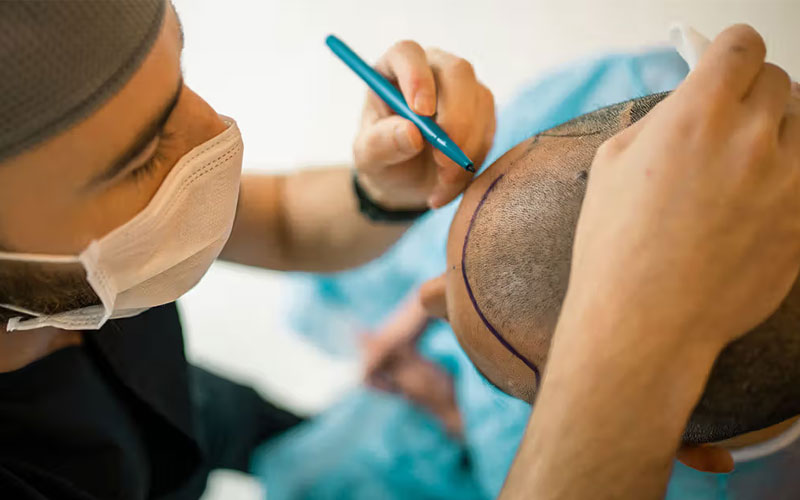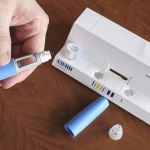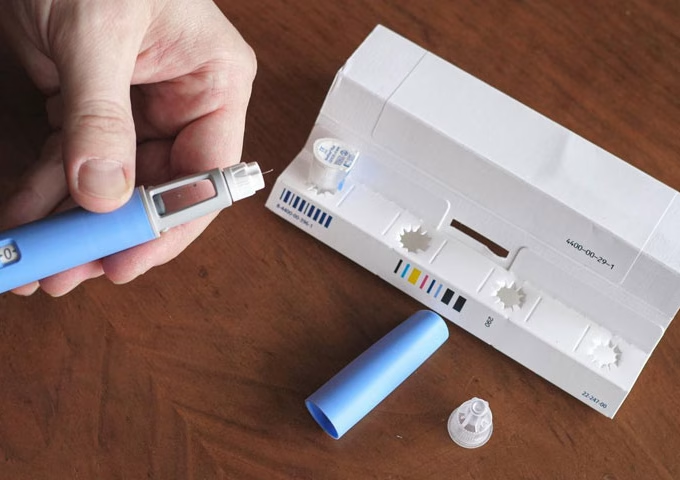Hair transplants involve moving healthy hair follicles from parts of your scalp with lots of hair to areas where you have very little. It can take six to nine months for your new hair to grow.
It’s essential to have realistic expectations. It would help if you also considered taking medicine that prevents new hair loss and thinning after surgery.
Keep Up With Your Hair Care Routine
Do hair transplants work? Hair transplants move healthy hair follicles from areas of the scalp with thicker hair to areas with less or no hair. This process is also known as hair grafting.
A surgeon uses a scalpel or needle to make holes or slits in the area where they’ll be planting the follicles. They may also use body or beard hair if the scalp isn’t dense enough.
The surgeon will leave a scar, which can be camouflaged with the surrounding hair. It will take a few months for the transplanted hair to grow, and it may take up to 12 months to see full results.
Don’t Wash Your Hair Too Often
Shampooing the hair too often after a hair transplant can damage the transplanted hair follicles. It can also cause the grafts to come out of place and reduce your results.
During a hair transplant, your surgeon sterilizes and numbs the area of the scalp they’ll be working in with anesthesia. They then use one of two transplant methods.
In follicular unit transplantation (FUT), the surgeon removes a strip of scalp skin, typically several inches long, and stitches it up. The surgeon then creates holes or slits in the removed scalp skin and transplants individual hair follicles.
Don’t Blow Dry Your Hair
Hair transplants use healthy hair follicles to fill in bald spots or cover scarring. Depending on your situation, they can take 4-8 hours, and you might need multiple sessions to get the look you want.
The surgeon cleans and numbs the area, creates holes or slits with a scalpel, and then places each healthy follicle in its new home. This can leave a long, linear scar, but the surrounding hair should camouflage it over time.
Following your surgeon’s post-procedure instructions is essential, including using low-manipulation hairstyles. It helps the follicles survive and grow, leading to better results.
Don’t Style Your Hair Too Tight
Hair transplants are about long-term results; avoiding tight hairstyles is one way to promote that. Your doctor will sterilize and numb the area before removing a strip of scalp (for FUT methods) or individual hair follicles (for FUE). The donor site for hair transplant can be from the back or side of your head, body, or beard hair. Hairstyles that require too much manipulation or tension can damage your new follicles and interfere with growth.
Avoid tight ponytails, braids, or buns, especially in the first few weeks after surgery.
Don’t Brush your Hair Too Hard
Hair transplants can restore a more natural-looking hairline. This surgical procedure moves healthy hair follicles from areas of thick growth to bald or thinning areas of the scalp.
First, your surgeon sterilizes and numbs the area of your head where they will perform the procedure. Then, they use a scalpel to cut a strip of skin from the back of your head. They close the strip with stitches.
Your provider then separates the strip of the scalp into tiny pieces called grafts. Micro grafts contain one to three hair follicles and create a natural-looking hairline.
Don’t Pull Your Hair Back
A hair transplant is a surgical procedure that involves transferring healthy hair from one part of your head to the bald or thinning area. This can be done using round punch grafts, which contain up to 10 inches; mini grafts, which are smaller and contain up to two hairs; or strip grafts, which are long and thin and usually contain 30-40 hairs.
During the first week after the procedure, gently wash your scalp with a special shampoo and rinse with lukewarm water. Avoid rubbing the implanted areas; only touch them with your fingers when necessary.
Don’t Rub Your Head
Hair transplants are surgeries that move healthy, full-size hair follicles from parts of your scalp with plenty of hair to areas where they are thinning or balding. The surgeon removes a strip of skin from the back of your head with a scalpel, then breaks it into as many as 2,000 tiny grafts.
Cover the transplanted area and donor area with lotion before washing it. It helps to soften the scabs and remove traces of dried blood, allowing them to heal faster. Then, wash your hair normally, careful not to dislodge the grafts.
Don’t Wear Hats
It’s best to avoid wearing hats until the hair transplant has healed completely. This is because hats can put pressure on the scalp and cause irritation that could interfere with healing.
During a hair transplant, surgeons remove a strip of your scalp and cut it into smaller fragments, called grafts. The grafts must remain untouched for the first ten days after treatment. The hat may cause friction that can dislodge the grafts, so it’s essential to wear loose hats made of soft fabrics.
Don’t Sleep in Your Hair
Sleeping face down after a hair transplant can damage the implanted follicles. It also puts the donor site and graft area at risk for bleeding and infection.
Experts recommend that you sleep on your back with a pillow at a 45-degree angle. This position can help reduce swelling and encourage healing. You should also avoid sleeping with anything touching the area that has undergone surgery, as this could cause swelling, itching, and sweating. This includes hats, scarves, and even a shower cap. This prevents the scabs from rubbing against your head or pillow and causing damage.













